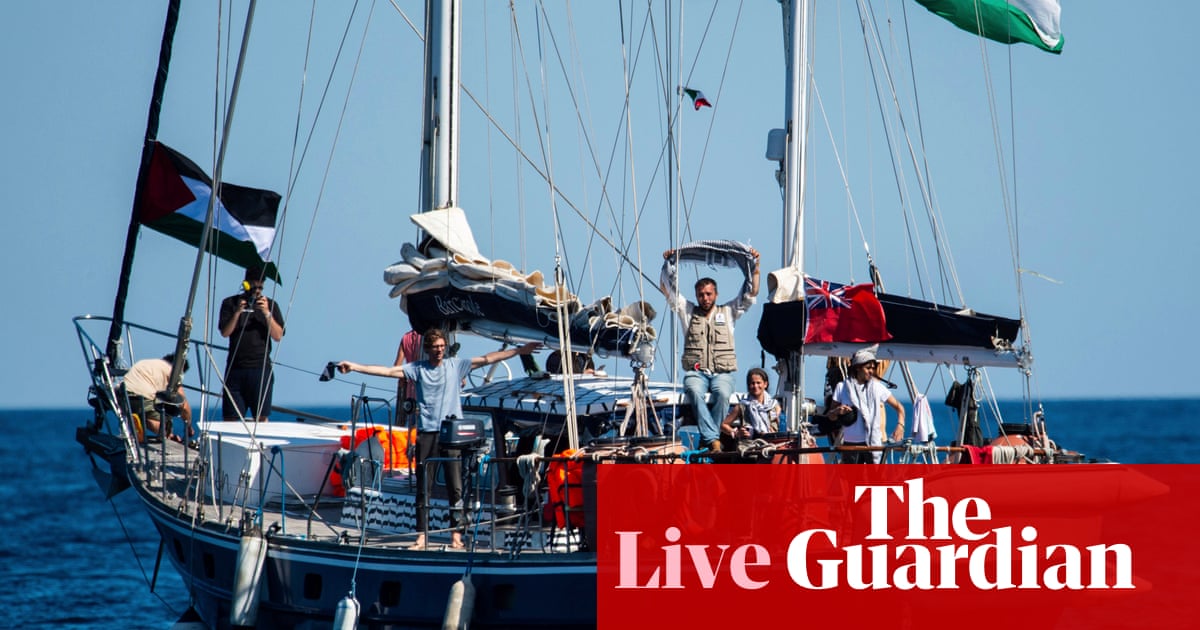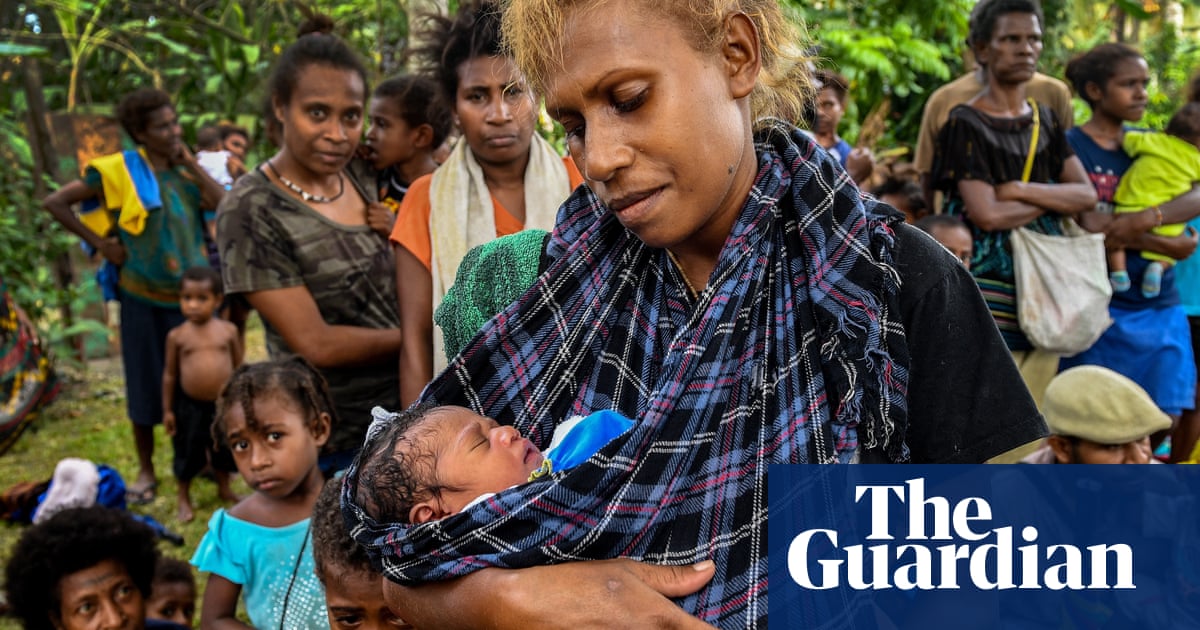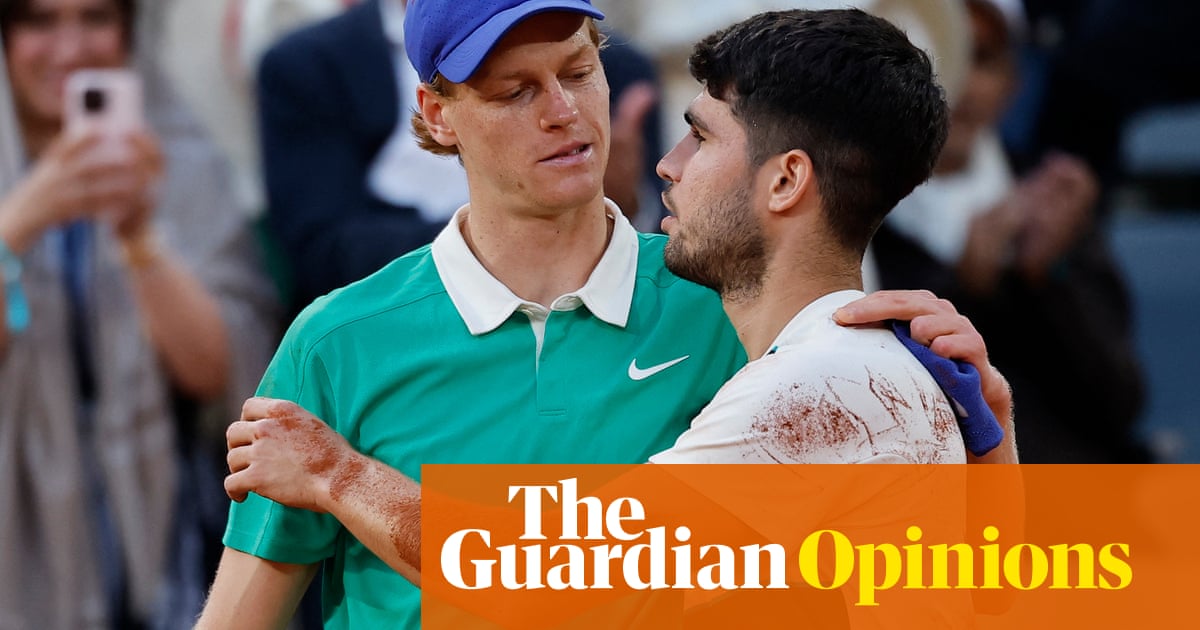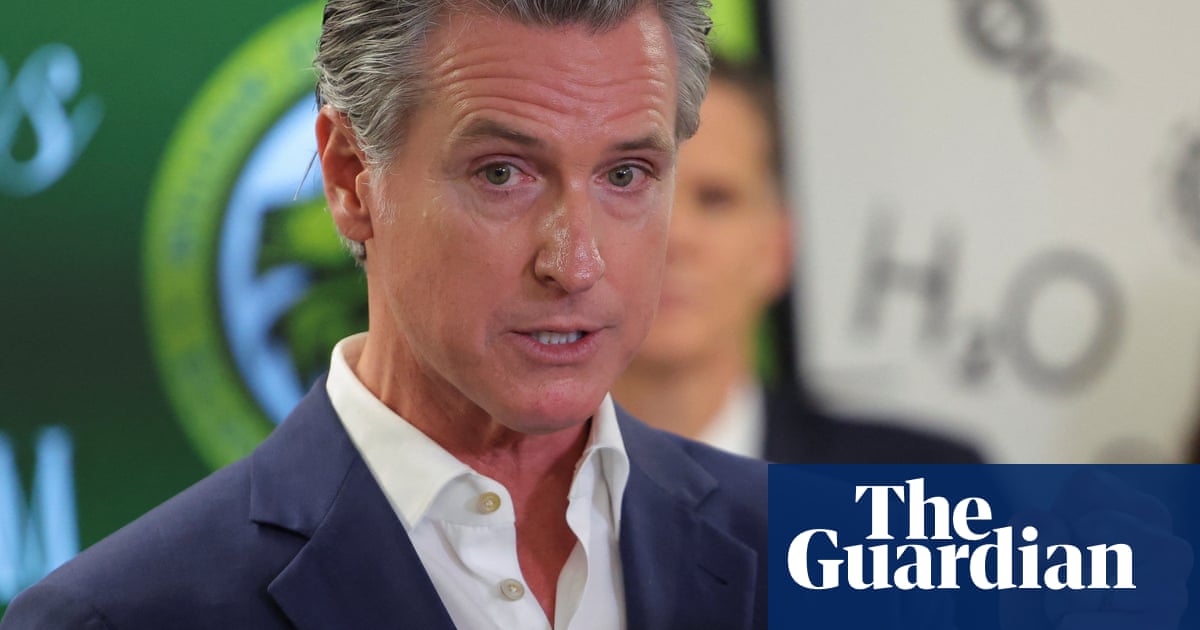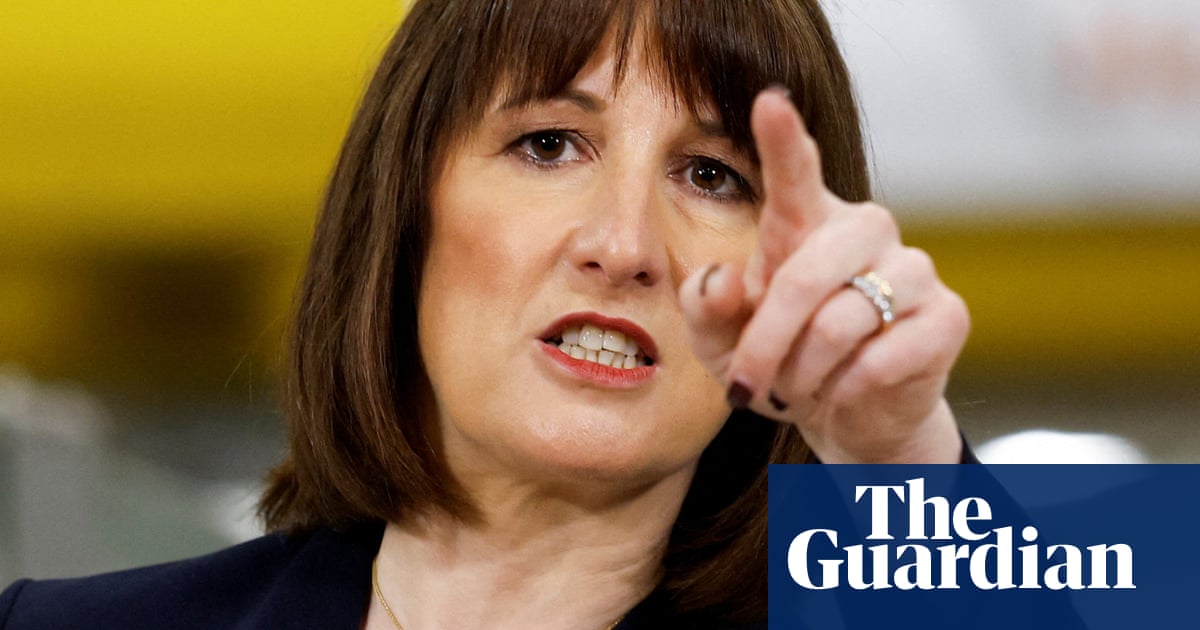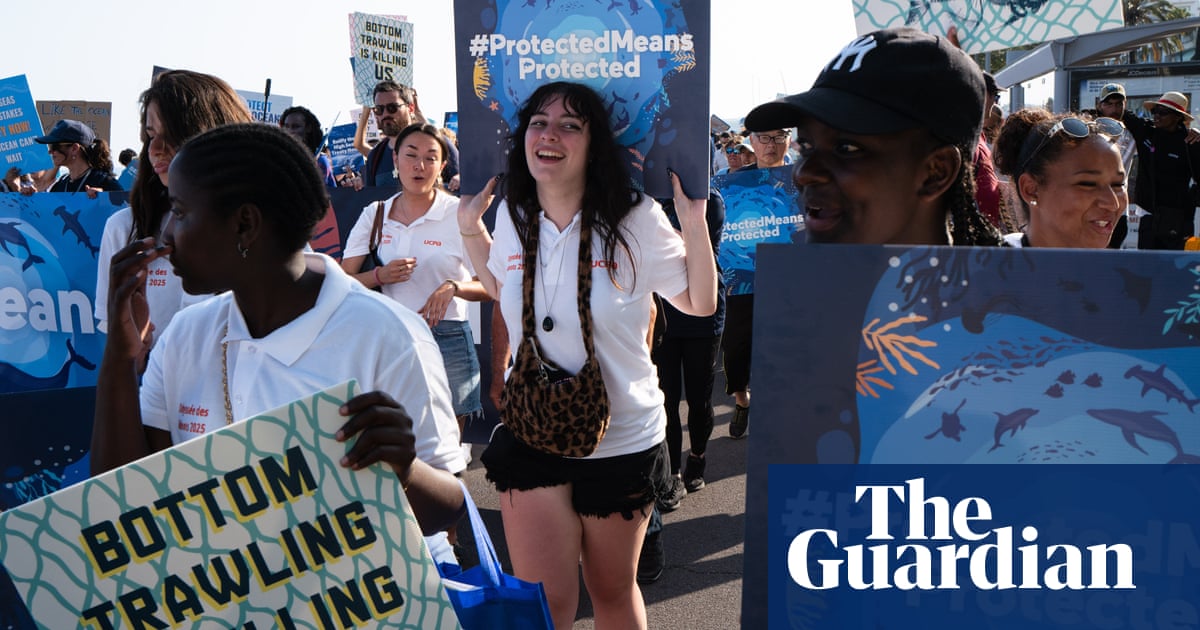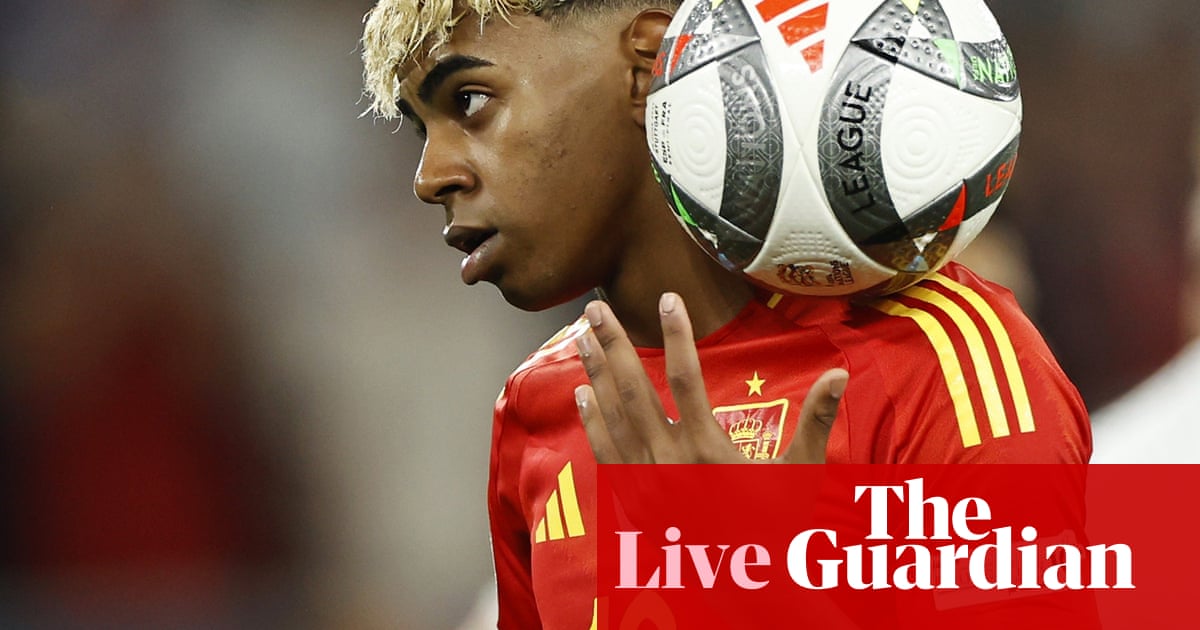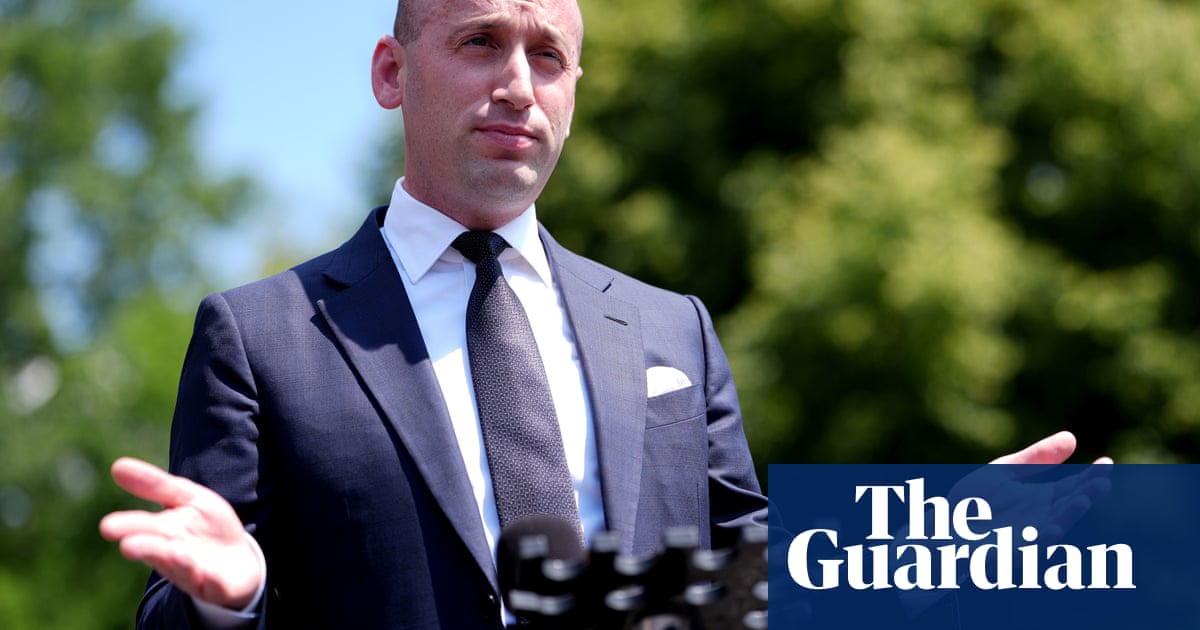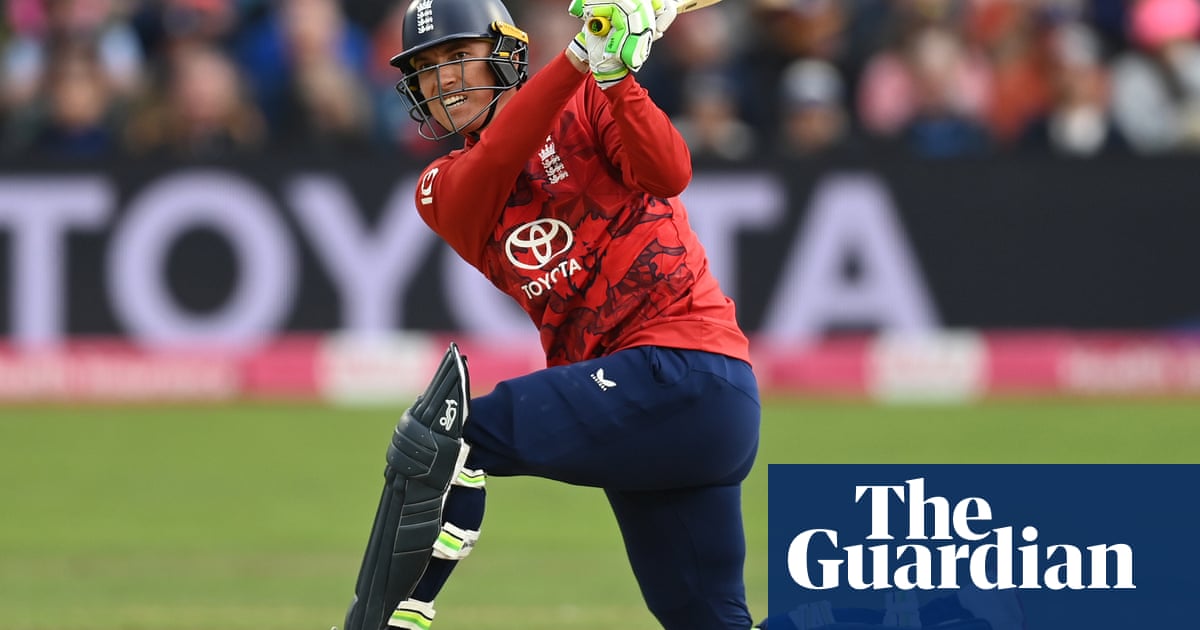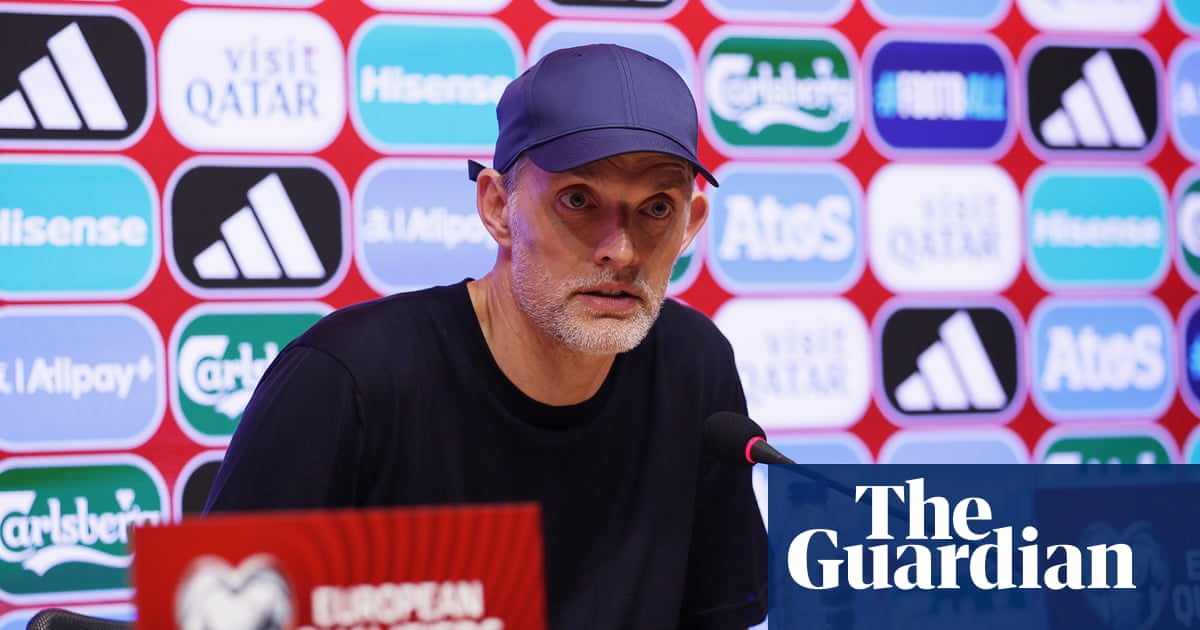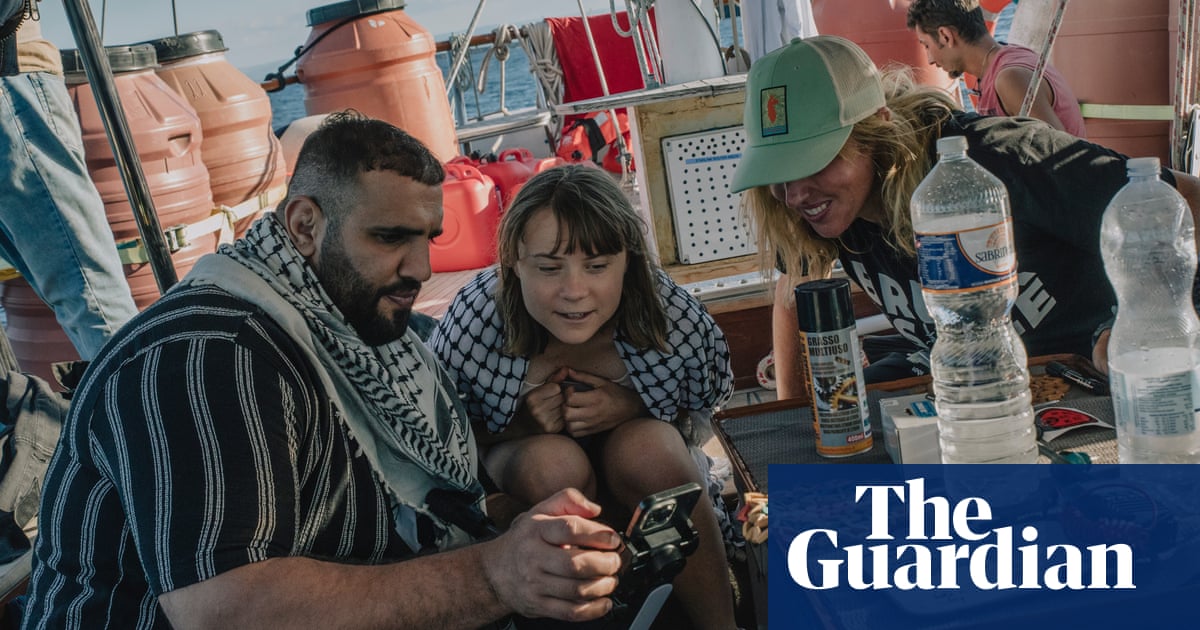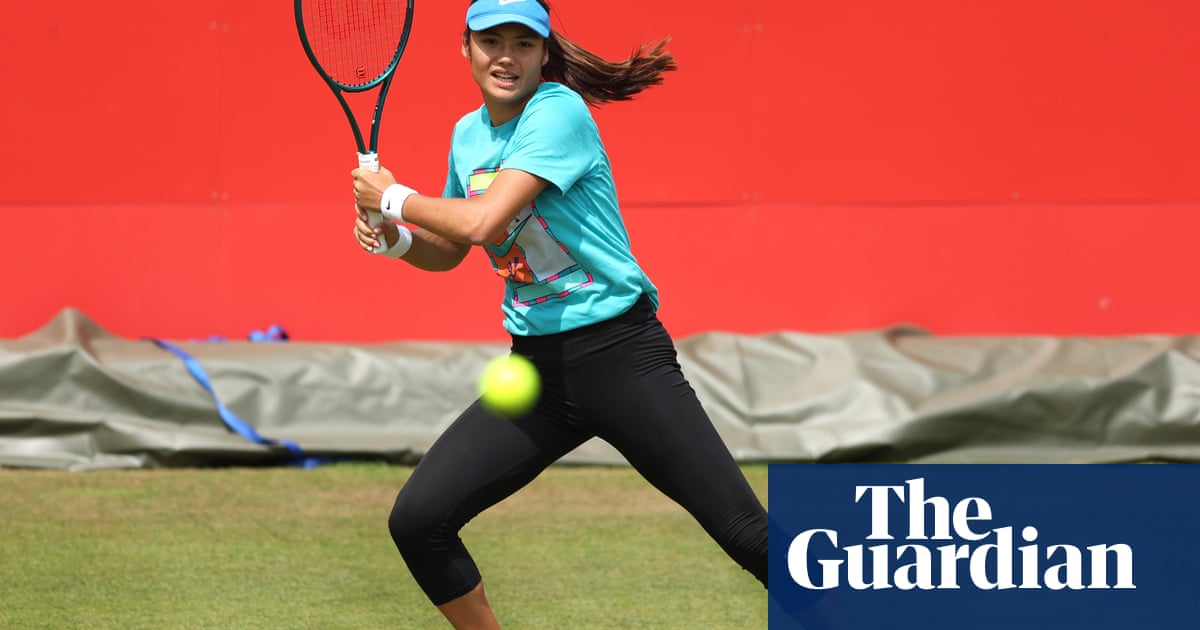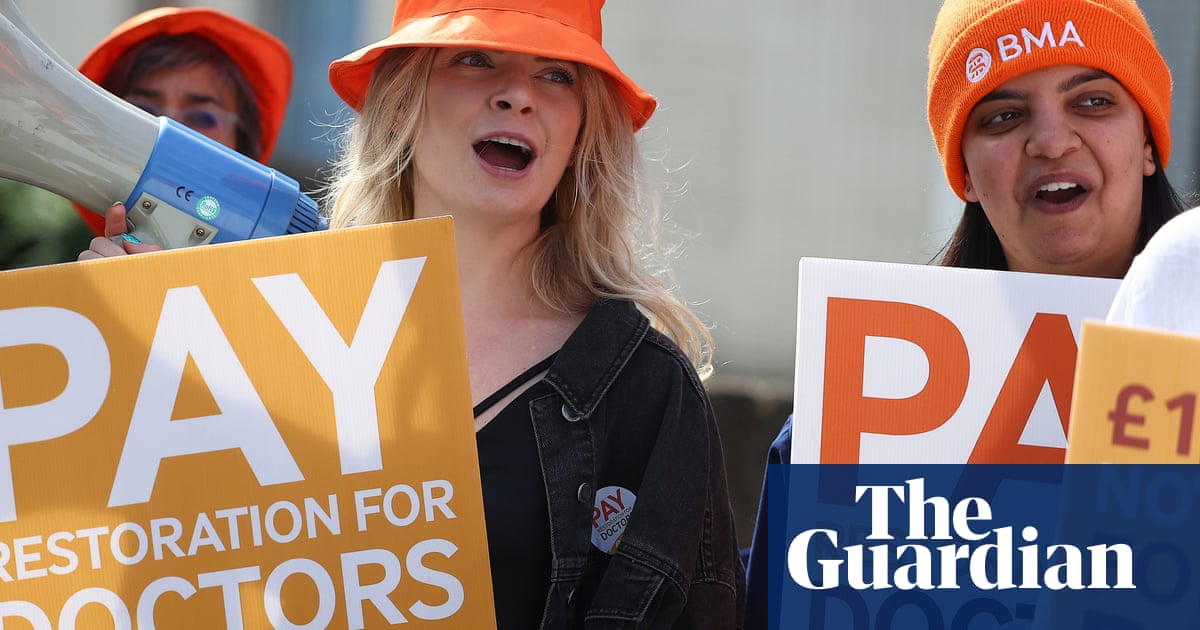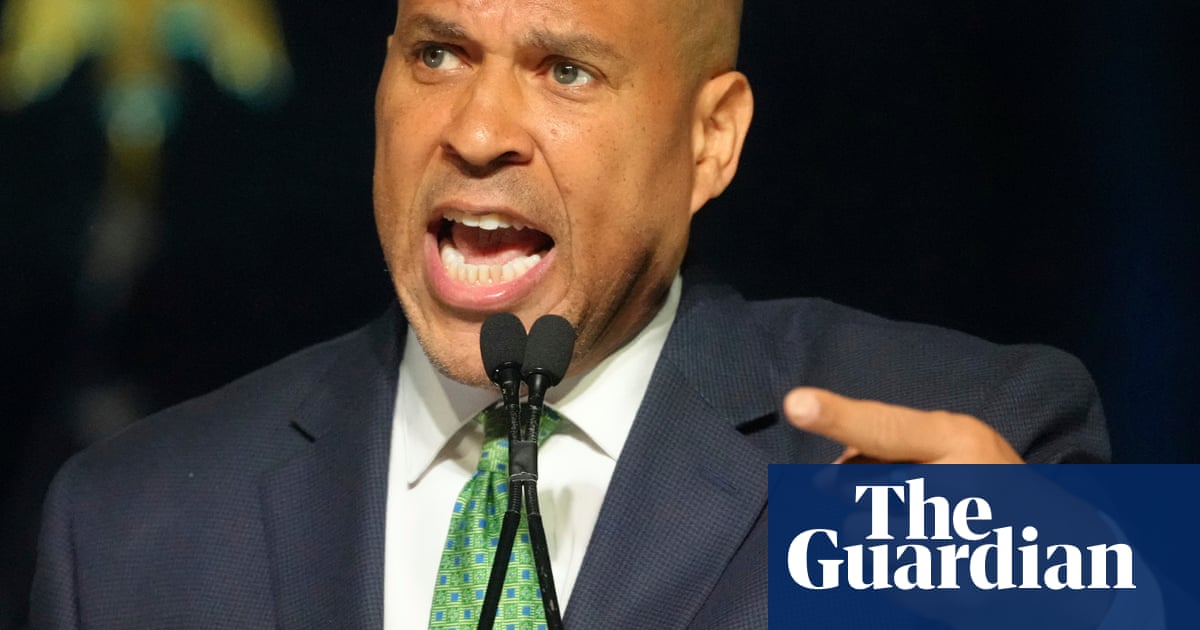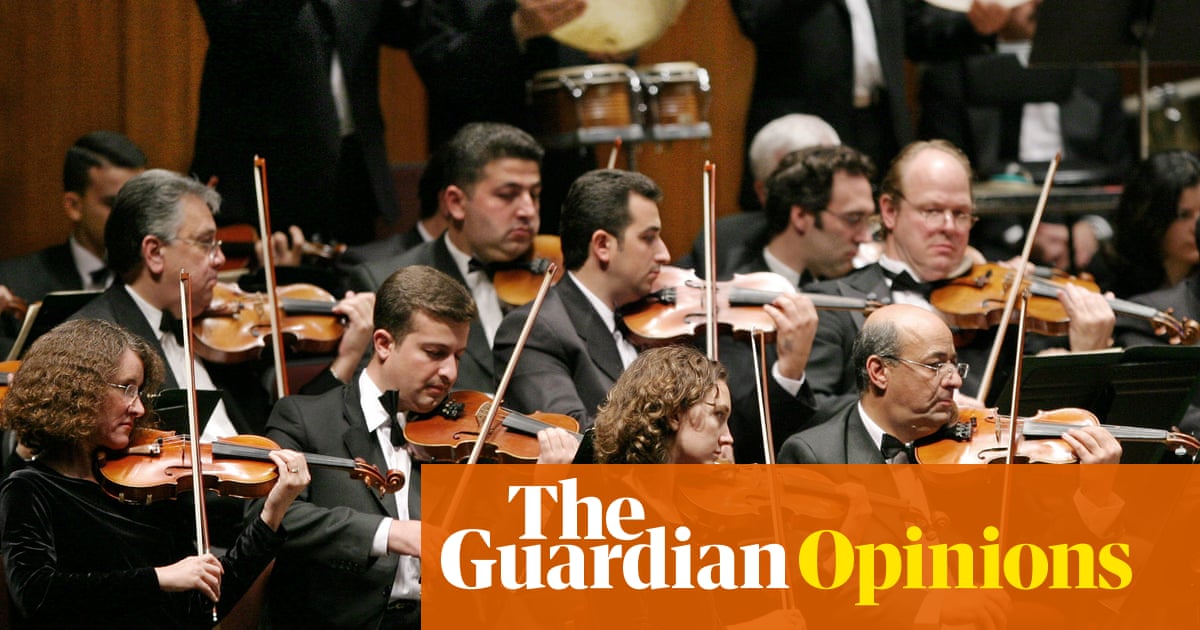Given that Lady Tressilian rarely leaves her boudoir, it was an enjoyable role. “I was very happily in bed, one of my favourite places, generally,” says Anjelica Huston, of the regal aristo she plays in the new BBC adaptation of the 1944 Agatha Christie mystery Towards Zero. Despite the fact she is mostly horizontal, occasionally at a chair by the window and peering through a telescope at the Devon bay beyond, Tressilian is a domineering character, presiding over the younger relations she has assembled at her seaside home and making her displeasure known at their various life choices. There will, of course, be murders.
Huston was reminded of the older women she had known from her childhood in Ireland, “mostly on the hunting field, but occasionally in their bedrooms. They were very dignified and gracious, and they ran life with a rod of steel. They were very brave and had big reputations. The men were always a bit in the background.” Tressilian’s bell rings, and everyone from servants to her relations and lawyer (he’s there on the thorny matter of her will), is commanded to attention. “It’s a great way to presage a character, an inbuilt warning,” says Huston.
In Huston’s long and impressive career – one that won her an Oscar in 1986 for Prizzi’s Honor, and has seen her work with just about everybody including Francis Ford Coppola, Woody Allen and Wes Anderson, as well as her father, John Huston – she has arrived at the regal roles. Her Lady Tressilian is elegant and beautiful, and also looks her age. This is not a role that, to unfairly name names, someone such as Jane Fonda and her fabulous facelift could have played convincingly. “It’s true, she looks too good,” says Huston, who is 73, with a laugh.

There doesn’t seem to be a huge amount of vanity to Huston. A great beauty, though unconventional, she was largely spared the maddening fate of leading actresses who were aged out of roles, and she thinks of herself as “a character actor first. Those are the roles that have always appealed to me, the ones that have something going on underneath.” It’s one reason she wanted to play Tressilian, a small but delicious role. “When I was a child, I used to watch a lot of restoration comedy, and I knew those actresses’ work very well – Edith Evans and Margaret Rutherford – and they were guiding lights. There was no shame to having fun with playing women of a certain age.”
She loves to work but, she adds, “not too hard, and with people I love”. Home for now is her ranch, where she’s calling from after fleeing her Los Angeles home in the wildfires. “It’s been kind of a scary month,” she says. “My house almost burned down. It came very, very close. My electricity and water and power are still off, but we were safe.” She hopes to return soon, but her luck at having a beautiful place to escape to is not lost on her. There, she has seven donkeys, six horses and countless dogs and cats. “I’m always happiest when I’m surrounded by my animals.”
Huston doesn’t seem old enough to have packed in what seems like several lifetimes. Her parents, the swashbuckling director John Huston and Enrica Soma, a model and ballerina, moved from the US to Ireland in the early 1950s, in horror at the McCarthy witch-hunts. For Huston, it was a wild, country childhood, punctuated with visits from fabulous friends of her parents – the war photographer Robert Capa photographed Huston and her older brother as toddlers; the writer John Steinbeck dressed up as Father Christmas one year. School holidays were spent on her father’s sets. When her parents separated and Huston moved to England, she hit London in the 60s as it was in full swing. By the time she was a model – first photographed by Richard Avedon, a friend of her mother, and soon by David Bailey – and living in New York, she was there in time for the Studio 54 years, befriending Andy Warhol and others.

It wasn’t all glitter. Huston’s mother died in a car accident when she was 17. Huston had a couple of relationships that could be considered abusive, and she can’t escape the fact that she was an unwitting witness – though she maintains she didn’t see anything – following Roman Polanski’s arrest for drugging and raping a 13-year-old. Huston had arrived at her on-off boyfriend Jack Nicholson’s house the next day, to find Polanski there with the girl, Samantha Gailey. Huston has said before that Polanski, who fled the US before sentencing in 1978, had “paid his price”. Has anything changed her mind in the intervening years? “No, nothing’s changed,” says Huston. “I didn’t see it, I wasn’t privy to it. I don’t feel like I was part of it.”
Huston always wanted to be an actor. “From the age of six,” she says, “when I played one of the three witches in Macbeth. Actually, I left the stage rather prematurely – I declared that I didn’t like it, made myself scarce for a few hours, but I always had a weakness for character acting.” What grabbed her about it? “The reality of it – of playing a mean old witch. It was one of the more fun things you could do.”
When she was 16, her father cast her in A Walk With Love and Death. It didn’t go well – they clashed on set, and her reviews were terrible. How did that affect her? “I didn’t work for years after that. He thought he was doing me a big favour and, in fact, it was very difficult. I didn’t really like the part, and it left me a bit at sea. I wasn’t comfortable, and I went back to London and went back to school, very despondent.” It shook her confidence and it would be about four years before she tried acting again. “I knew that I could act, but I didn’t know how to convince anyone else that I knew how to act.”
Instead, she became a model. For many young women, it was an industry with situations that were dangerous and intimidating, but Huston says she didn’t experience that. “I worked with really good people who were very protective. It was a very freeing atmosphere, and the designers and the photographers were always very much on my side. I felt like I could do anything.” It was a time for young women, she says, where “we were the first rung of girls who were allowed to have a good time. It was encouraged, we were kind of wild.”

She had a much older boyfriend, the fashion photographer Bob Richardson – she was 18 to his 42. Does that not look dubious with a modern perspective on power dynamics? “It was dubious then,” she points out. “He, I would say, was the least good thing about all of that [period], in that I felt like I had to please him. He was a great photographer and knew exactly what he wanted, and there’s nothing better than that, but he was also very challenging and critical, and I had a hard time negotiating how to be.”
It didn’t diminish her; Huston seemed to have a well of self-confidence. She wasn’t knocked when one powerful modelling agent told her she needed a nose job, nor when a producer refused to give her a pay rise on Prizzi’s Honor and she overheard him telling her agent she was no good, and he hadn’t wanted her in the film anyway. How did that not crush her? “I think my reaction, which was healthy, was: ‘Well, watch me.’ I always came out swinging and I didn’t have to make excuses for myself. I remember being properly outraged, and thinking: ‘He thinks he knows, but he doesn’t, so I’ll just show him.’” Her performance won her an Oscar.
By then, Huston had been in a long relationship with Nicholson, who also starred in the film. Nicholson’s infidelities were legendary over their on-off 17-year relationship, ending finally in 1990 when he fathered a child with someone else (Huston soon would have a happy marriage to the sculptor Robert Graham, until his death in 2008). Why did she stay with Nicholson for so long? “I loved him. I think in the world that I was living in, it wasn’t disrespectful. It was how he was, and it wasn’t so personal. I think as soon as I clocked that, it was all right, I knew how to protect myself. It didn’t make me happy, but I knew what I was doing.” It allowed her to prioritise herself – with work, with other lovers. “I did what I wanted to do, and I did it with sureness. If I wanted something, I knew how to go after it, so it wasn’t as though anything was being done to me. I wasn’t a wilting flower.”
They are still in touch. Nicholson called Huston recently as she was fleeing the wildfires. “I was in a car with three dogs, two cats, and the housekeeper, and he called and asked if I was all right, and if I had someplace I was staying. That’s the bottom line with he and I – when the chips are down, he’s there.”
Life has taught her to look for beauty: “Remember to admire what’s beautiful and be on the side of beauty and on the side of what you can do to make things better.” She does this when she thinks about her country. “America, at the moment, is in a sad and sorry state. I think it has a lot to learn and hopefully won’t have to learn it the hard way. The world is beautiful, and if you can find something beautiful in [the US], then you’re already on the right track.” It’s hard not to be hopeless, she says, “but there’s a lot to admire too.”
Agatha Christie’s Towards Zero starts on BBC One, and is available in full on BBC iPlayer, on 2 March.

 3 months ago
135
3 months ago
135
